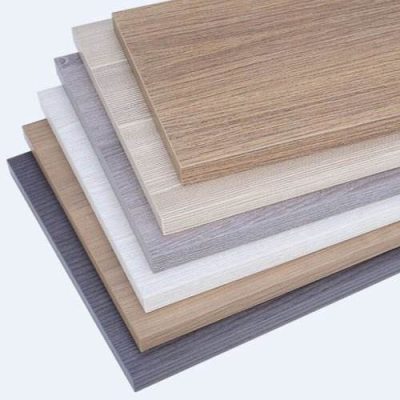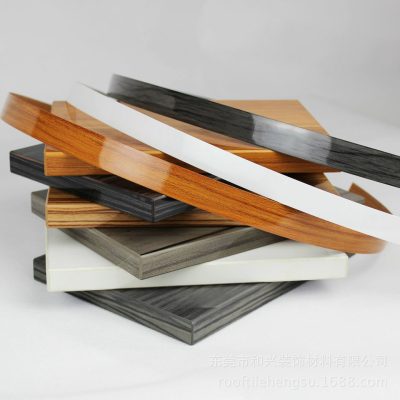If you’re looking for alternatives to traditional edge banding, there are several options depending on your project requirements and design preferences. Here are some alternatives to consider:
- Solid Wood Strips:
- You can use solid wood strips to create a natural and durable edge on plywood or other substrates. These strips can be glued and nailed or screwed into place.

- You can use solid wood strips to create a natural and durable edge on plywood or other substrates. These strips can be glued and nailed or screwed into place.
- Iron-On Wood Veneer Strips:
- Wood veneer strips with heat-activated adhesive can be applied to the edges of plywood using an iron. This provides a real wood appearance without the need for traditional edge banding.
- Routered Edges:
- Using a router, you can create decorative edges on the plywood itself. This can be a more labor-intensive option but can result in a custom and intricate design.
- Wood Edge Molding:
- Apply wood edge molding or trim to the edges of the plywood. This can add decorative detail and cover the exposed edges effectively.
- Wood Edge Tape:
- Similar to traditional edge banding, wood edge tape is a thin strip of real wood veneer with adhesive backing. It can be applied to the edges and trimmed for a finished look.
- Metal or Aluminum Trim:
- For an industrial or modern aesthetic, consider using metal or aluminum trim to cover the edges. This is often used in contemporary furniture design.
- Painted Edges:
- Instead of covering the edges, you can paint them to match the surface. This is a minimalist approach that can work well in certain design styles.
- Plank-Style Construction:
- Instead of covering the edges, consider designing the piece with exposed edges, creating a plank-style construction. This is suitable for rustic or farmhouse-style projects.

- Instead of covering the edges, consider designing the piece with exposed edges, creating a plank-style construction. This is suitable for rustic or farmhouse-style projects.
- Wood Fillers and Sanding:
- For smaller projects, you can use wood fillers to fill in any gaps or imperfections on the edges and then sand them smooth for a finished look.
- Laminate or High-Pressure Laminate (HPL) Edge Trim:
- If you’re working with laminate surfaces, some laminates come with matching edge trim that can be applied to create a seamless appearance.
When choosing an alternative to edge banding, consider the aesthetics, functionality, and durability of the chosen method. The specific method you choose will depend on the overall design of your project and your preferences for the finished look.


